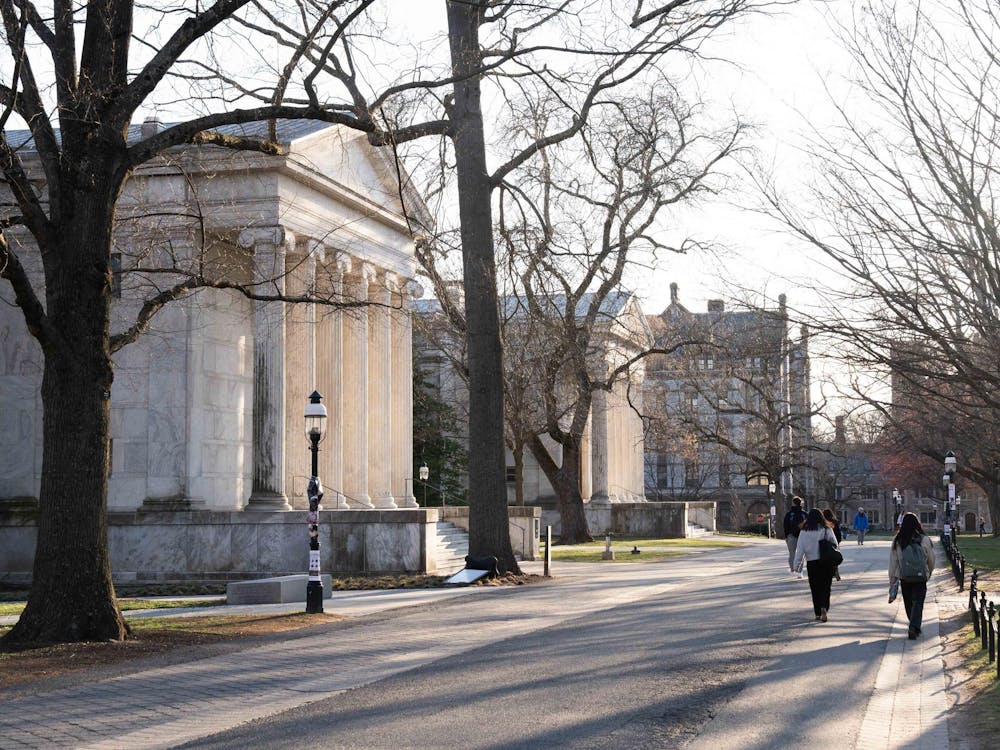"First light" is quickly approaching, and astrophysicists across the United States are pretty excited about it, especially astronomy professor of Astronomy Jim Gunn, project leader and head designer of a new camera for use in the Sloan Digital Sky Survey. The earth-based survey will be the first to use modern technology to map celestial bodies throughout the northern sky.
In early May, astronomers will use the CCD telescope for the first time, an event called "first light," according to Gunn.
The project will then continue for five years as astronomers from Princeton, the Institute for Advanced Study, the University of Chicago, the University of Washington and other institutions use a 100-inch telescope in Apache Point, N.M. to view galaxies, quasars, black holes and other space oddities.
Gunn, along with four members of the University's astrophysics faculty developed a new camera that will be attached to the telescope in order to produce clear, detailed images of the sky. Inside the camera sits an array of 54 silicon chips, known as "charge-coupled devices," which convert light from the night sky into digitized images that can be stored electronically for study.
'A Computer Model Universe'
In terms of visual distance, the telescope in New Mexico cannot compare with the Hubble telescope, Gunn said. However, the CCD technology, coupled with fiber optics, will allow scientists to perform "an accurate survey of nearby galaxies."
"Along with fiber optics, the new technology should produce detailed images faster and more efficiently," Gunn said. He noted that photographic plates, such as those used during the last sky survey done in the 1940s, have less than one-tenth of one-percent efficiency while the CCD's will produce images with 70-percent efficiency, which is "near to ideal."
The Sloan survey will gather images of 50 million galaxies, 100,000 quasars, millions of stars in the Milky Way. In addition, it will capture pictures of asteroids, and other bodies in five colors, which is an improvement over the previous survey's two-color images, Gunn said.
The ultimate goal of the project is to "produce a computer model universe," Gunn said. In order to produce a three-dimensional map of the heavens, he explained that scientists will take the data from the Sloan survey, filter out the brightest galaxies and then compare the data to previous observations.

Gunn noted that he is especially interested in scanning the skies for "dark matter," – areas of space that do not give off light and make up 90 percent of the known universe.








